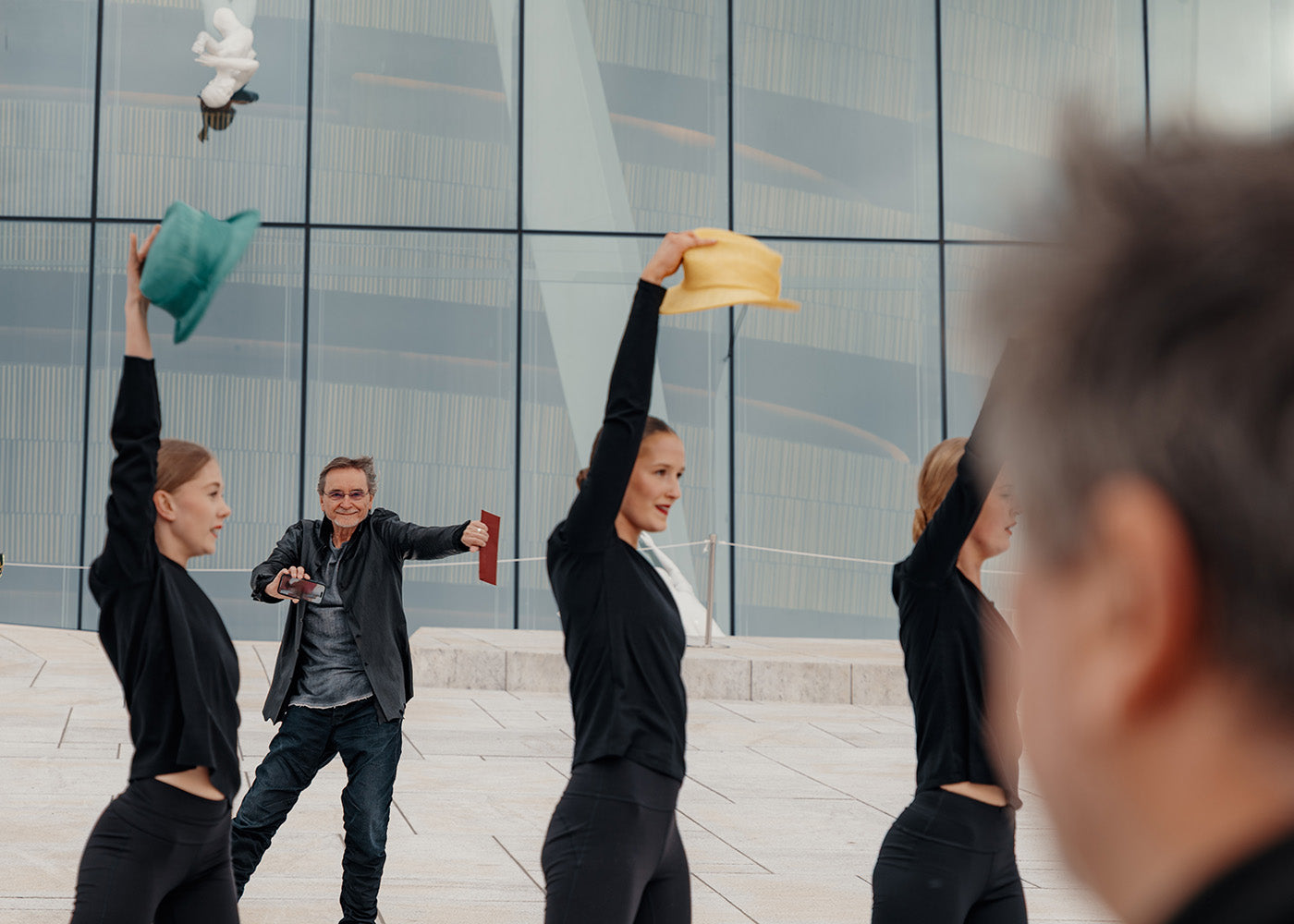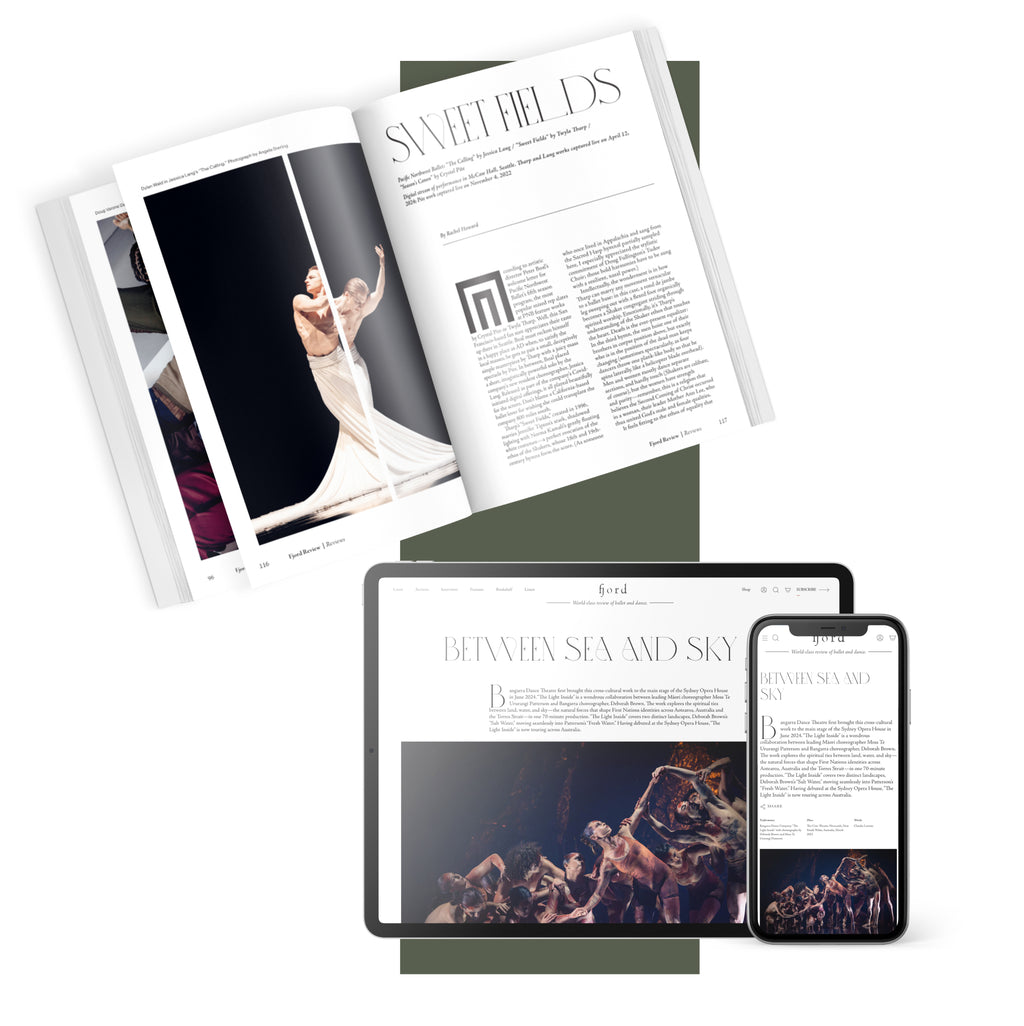The Music Within
Cleveland native Dianne McIntrye received a hometown hero's welcome during her curtain speech prior to her eponymous dance group thrilling the audience in her latest work, “In the Same Tongue.”
Continue Reading
World-class review of ballet and dance.
The world-renowned Czech choreographer and multimedia artist Jiří Kylián was recently honored with a retrospective festival at the Oslo opera house. For “Wings of Time,” running from May 29 through June 14, 2025, Kylián’s creative fingerprint was everywhere. His sculptures adorned the building’s façade, his photographs and large-scale installations took over the backstage spaces, four of his dance films were screened in the smaller theater, and seven of his greatest ballets (spanning from 1978 to 2008) were performed by the Norwegian National Ballet.



“Uncommonly intelligent, substantial coverage.”
Your weekly source for world-class dance reviews, interviews, articles, and more.
Already a paid subscriber? Login

Cleveland native Dianne McIntrye received a hometown hero's welcome during her curtain speech prior to her eponymous dance group thrilling the audience in her latest work, “In the Same Tongue.”
Continue ReadingA man, much to his wife’s chagrin, has a nasty little habit: at night, he turns into a bat and flies out of their marital bed to partake in all kinds of infidelities.
Continue ReadingThe Japan Society continued its Yukio Mishima Centennial Series with a newly commissioned dance work titled “The Seven Bridges (Hashi-zukushi)” based on Yukio Mishima’s short story by that name originally published in 1956.
Continue ReadingLondon is a changed city this week. The cold front has come, and daylight hours have plummeted. The city is rammed with tourists, buskers, and shoppers.
Continue Reading
comments